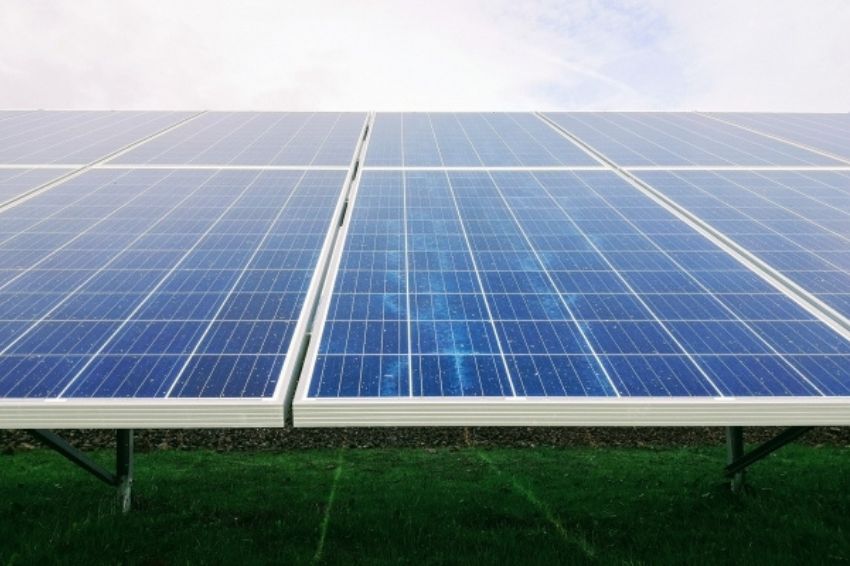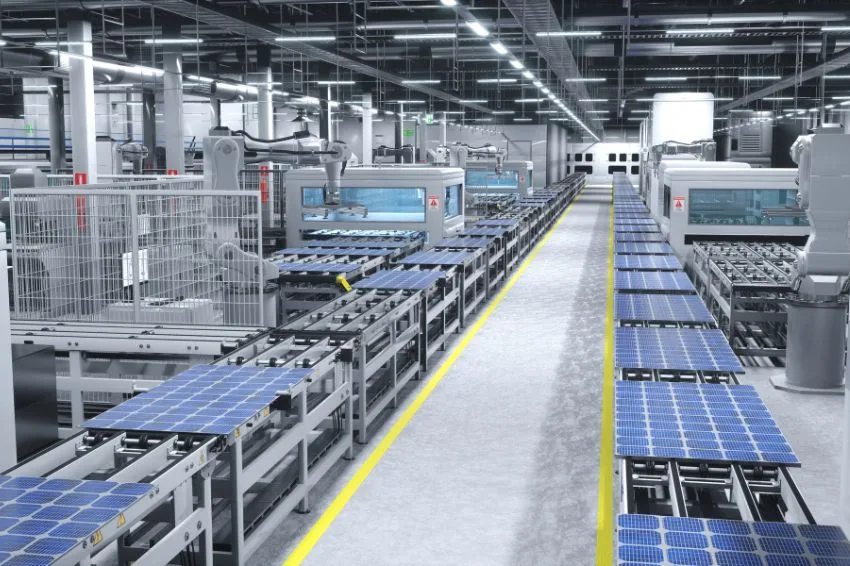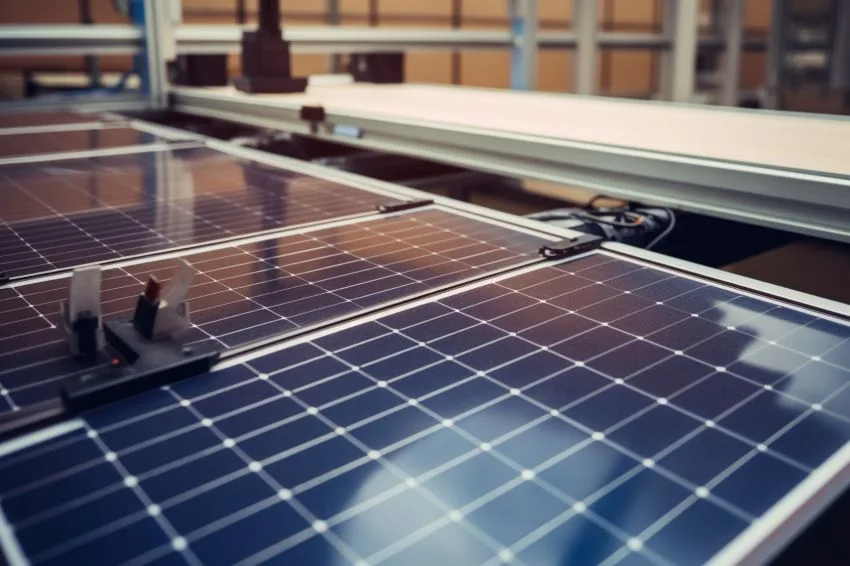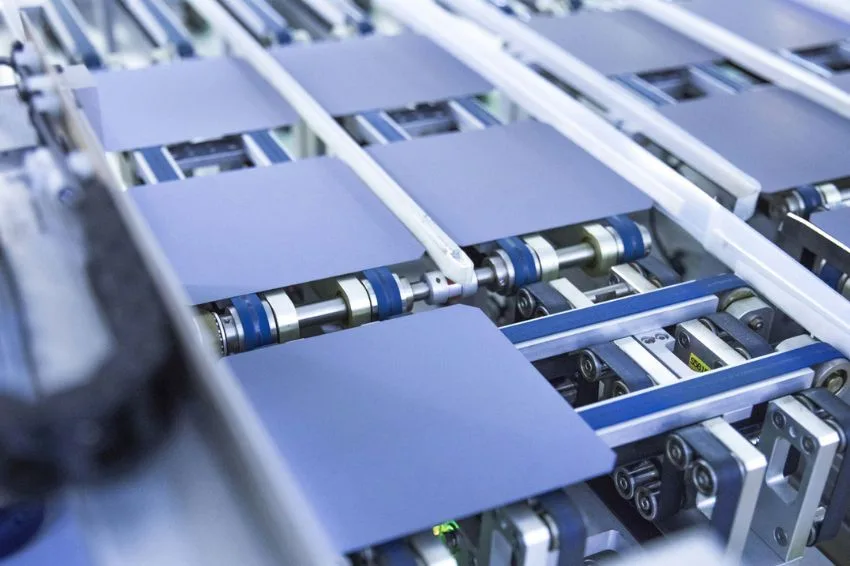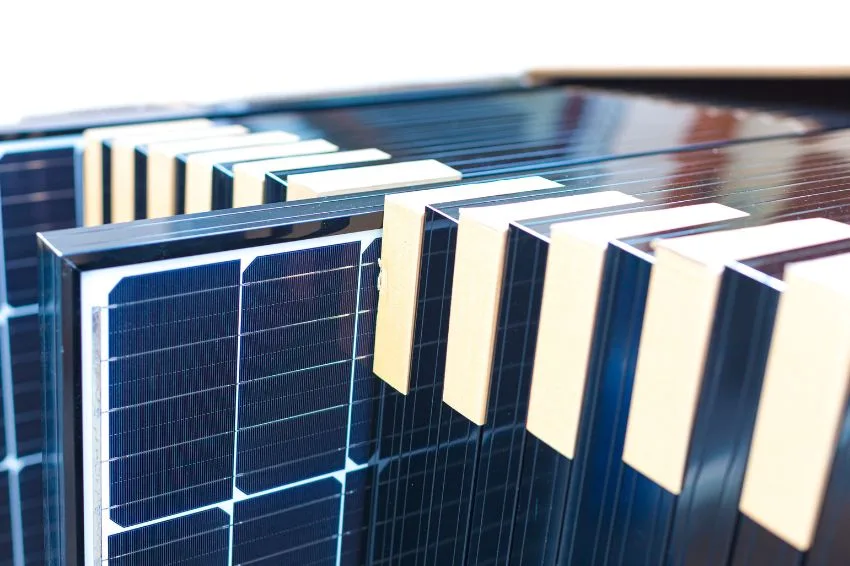Module prices remained stable this week on the international market. According to InfoLink Consulting, the main reason is the completion of photovoltaic projects around the world, starting the off-season. The same goes for cell prices.
This is the Infolink Bulletin, the result of a partnership between the Solar Channel and Infolink Consulting, which aims to present weekly global prices polysilicon, waffles, cells and photovoltaic modules, from interviews with over a hundred manufacturers.
In this report, the spot price is based on orders delivered and new orders signed from Thursday (11/30) of the previous week until this Wednesday (12/6).
It is worth noting that prices in RMB are the prices in China, while those in dollars represent prices abroad, not a direct conversion of RMB to US dollars.
Module prices continue to decrease
Driven by the off-season of photovoltaic projects around the world, module prices have temporarily stabilized. However, the price disparity between different manufacturers remains evident, highlighting different strategies in the market.
For 182mm PERC monofacial modules, prices range from RMB 0.9-1.03/W, approaching RMB 0.92-0.93/W for new orders. There are also records that some module manufacturers are priced below RMB 0.9/W.
Prices for 210mm PERC monofacial modules remained at RMB 1.03-1.1/W, reaching RMB 0.95-1/W for new orders. In InfoLink's assessment, 210mm prices will gradually approach 182mm in the future.
As for TOPCon modules, prices ranged from RMB 0.9/W to RMB 1.2/W. While previous orders were delivered at RMB 1.08-1.18/W this week, module manufacturers started receiving orders for RMB 0.98-1.05/W, potentially RMB 0.97-0.98 /W.
Negotiations for next year's orders have had price quotes from 0.9 RMB/W, even 0.88 RMB/W.
In InfoLink's assessment, in the first half of 2024, the low price range for type P and type N modules may be the same during the off-season. However, given production costs, low price competition may not be a long-term solution.
InfoLink further pointed out that cost concerns have stalled the decline in HJT module prices, which currently stand at 1.25-1.35 RMB/W in China, while remaining stable at 0.160-0.170 USD/W in markets outside China.
For the consultancy, in 2024 HJT module manufacturers will focus on competing with TOPCon module manufacturers.
Cell prices continue to fall this week
In December, cell production plans vary between manufacturers. Most significantly reduced production of M10 PERC cells. Also according to Infolink, some closed old lines to contain losses. Overall, it is estimated that monthly cell production will remain between 61 and 62 GW.
As for prices, M10 P-type cells were traded at RMB 0.4/W. G12 P-type cells dropped 22%, and are being sold at 0.45 RMB/W.
As with module prices, the declines result from the completion of projects in China and the end of a temporary mismatch between supply and demand earlier this month when bulk cell orders ended.
Regarding the prices of N-type M10 cells, they remain at RMB 0.49-0.5/W. G12 HJT cells, which are mainly destined for the Chinese domestic market, register prices of 0.65-0.7 RMB/W.
Polysilicon price remains stable
According to Infolink, commercial activities in the polysilicon sector were stable this week, as the search for the input remained high as the ingot segment maintained higher utilization rates.
It is estimated that a growth of between 6% and 7% will be recorded in polysilicon production this month, expected to reach 67 GW to 68 GW.
Another point brought up by Infolink is that the price difference, presented last week, remained. For high-quality polysilicon, which meets the requirements of N-type ingot production parameters, prices were 65-68 RMB/kg.
For the others (piece of polysilicon and granulated polysilicon), the prices were RMB 61-64/kg and RMB 58-62/kg, respectively. Although the price range appears to have increased, prices are well supported by the bullion sector's growing demand for high-quality polysilicon due to the rapid increase.
“Although the price range appears to have expanded, prices are well supported by the sector’s growing demand for high-quality polysilicon ingots,” says the consultancy.
Wafer prices continue to fall
As recorded last week, wafer traded prices showed a slow decline this week. According to Infolink, M10 P-type wafers were traded at 2.2 RMB/piece.
N-type M10 wafers had trading prices of 2.35 RMB/piece. For n-type G12 wafers, prices remain 3.4 RMB/piece. In Infolink's assessment, in general, wafer prices will still be mixed until the end of the year.
“For M10 P-type wafers, cell manufacturers have lower demand as they cut production or phase out M10 PERC cell capacity. As a result, prices will likely fall and cause the prices of N-type wafers to fall correspondingly,” he assessed.
As for p-type G12 wafers, it is estimated that prices will lose ground after November orders are fulfilled. And as for N-type G12 wafer prices, they are expected to stabilize.
InfoLink Webinar 2023: What awaits you in 2024?
A discussion on the future of solar and energy storage will take place on December 13, 2023 at InfoLink Webinar 2023. Discover the latest industry insights and emerging trends for 2024. Register now


